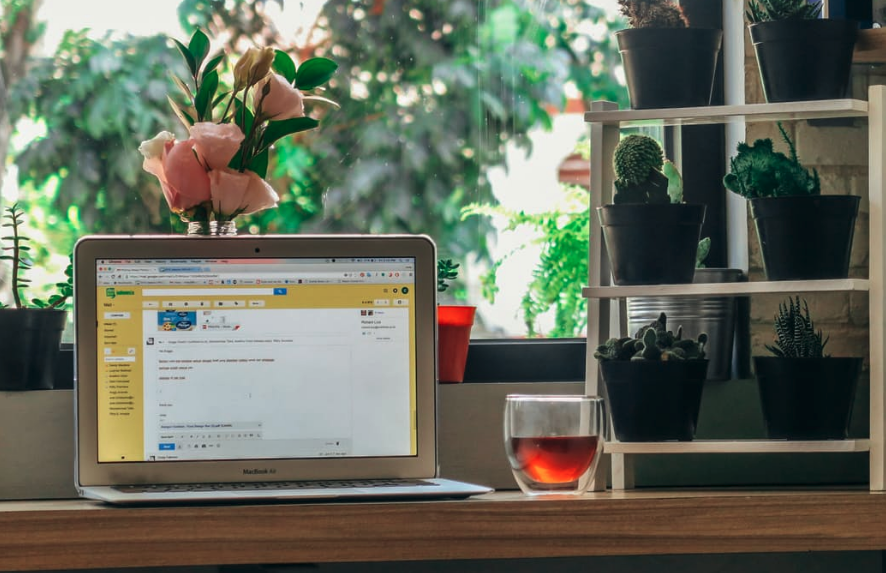I’ve been studying the problem of email overload and compulsive email checking for years now. The problem is massive, but totally solvable.
There are three main strategies for making email a more powerful and efficient tool. First, make compulsively checking email much less gratifying. Second, make checking email on a planned, set schedule much more gratifying. Finally, and most obviously, reduce the amount of time it takes to read and respond to email. Here’s how:
1. Set up three different email accounts and a “to read” folder or tab:
-
- A work account where only work email directed to you goes. This account will not receive bulk email subscriptions, notifications, etc.
- A personal account. Have invitations and notifications from schools go here, for example. This is the account to subscribe to newsletters from, and you’ll need to “train” this inbox to put all your newsletters and reading materials in the right place. Most email applications offer tabs and/or smart folders. Starting with the “priority” (Yahoo) or “primary” (Google) tab, sort by sender, and move emails that landed on the wrong tab to the correct one. You don’t have to do this for every single email; these are smart apps, so you’re just showing the AI which senders go where once or twice. What you want is a tab that only has all the things you have to read in it — an uncluttered inbox.
Batch emails that you like to read but don’t have to read together, either on their own tab or by using a reading app. For example, I use the free app unroll.me for emails from the publications and authors that I love. All of my newsletters and breaking news alerts go into an Unroll.me folder automatically, and so they never clutter my inbox. I read through this folder every morning from the Unroll.me app; it’s an activity that is more like reading the newspaper than it is like checking email.
- A junk account. This is critical; it’s for subscriptions you sign up for to get a discount (but know you’ll never read), shipping notifications, receipts, etc. You never need to open this account unless you are looking for a discount code, missing purchase or receipt.
- A work account where only work email directed to you goes. This account will not receive bulk email subscriptions, notifications, etc.
You’ve now got a work inbox that contains only messages you need to read and respond to when you are working. You can check your personal email when you get home or on the weekend, and you can set aside time to read all the interesting stuff when you aren’t trying to get your work done.
2. Relentlessly unsubscribe. I mean it: Any newsletter or publication that you haven’t read and found interesting in the past three months gets deep-sixed. Marie Kondo the heck out of your email inbox: If a subscription doesn’t spark joy, unsubscribe. Just do it.
For most people, this is so much harder than it sounds, because of their FOMO (fear of missing out). Businesses rely on your FOMO to get their promotions in your hot little hands. Remember that every coupon is available with a quick Google search. So is every event calendar. And even every blog post. Unsubscribe, unsubscribe, unsubscribe.
3. Get to inbox zero every single day. This is how you will ultimately make this method more gratifying than compulsively checking email all day long. The first day you do this, you may have so many emails in your inbox that you need to declare email bankruptcy, or you may need to move ALL of the emails in your inbox to a folder to deal with later.
This means you must block off enough time each day to get all the way to the bottom of your inbox in one way or another. If you need X hours a day to deal with your email, make sure you’ve scheduled X hours daily. Then, when you are in your scheduled time to read and respond to your email, respond to them all in one standard way or another. If a particular email takes more than five minutes to read and respond to, put it in a folder (“to do this week”) and add whatever it entails to your task list. That email is a different kind of work now—it’s a part of a project or something that requires more than just emailing.
4. Take your work email account off your home or personal computer and your phone. This is the truth: You can’t efficiently respond to emails from your phone; you can only monitor what is coming in. And this will keep you from being present wherever you are and doing whatever else you are supposed to be doing.
You are now a strategic email checker. You will respond thoughtfully and thoroughly to your emails, which will not hurt you at work but improve your standing.
(Do you check your work email on your phone when you’re just waiting in line and want to “get stuff done”? That’s a whole other problem. Don’t do it. Let yourself daydream; it will make you more creative when you return to work.)
5. Now remove your personal email account and junk account from your work computer. The first time I checked my work email after doing this, I mostly felt disappointed. It was so much less stimulating. There was nothing in my inbox that I could quickly delete, and nothing fun and stimulating that I could read in two seconds.
This disappointment is important because it started to decrease my deep and persistent desire to check constantly. But another great thing happened: I got to the bottom of my inbox! I replied to everything the same day I received it! How awesome! And satisfying! This accomplishment was so inherently rewarding that it reinforced my new, more strategic email-checking habit.

